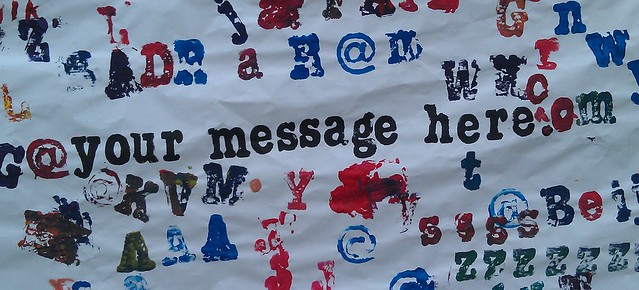Cute and casually addictive Lil’ Birds, from Villain Games, is a free iOs game of players of all ages. This is one of those rare but wonderful times in which family friendly is not secret code for as engaging as endless rounds of Candy Land. Lil’ Birds lets players of all ages care for adorable baby birds, pet them and breed them.
Players begin with a couple birds in a small aviary, and are quickly introduced to caring for their new pets. The goal in this cute aviary is to acquire certain color combinations and patterns. New feather colors can be acquired by buying new chicks (Before handing over the phone or iPad to a little one, though, it’s worth noting how easy it is to make an in-app purchase.) There’s also a simple minigame of searching a forest for new and unusual birds. Once your aviary starts to fill up, these birds can collected or sold to loving families, just waiting for an adorable new pet. The themes make it a children’s game, not an adult game like World of WarCraft or PartyCasino, but it’s nice to know my cute birdies are going to good homes!
Cute lil’ birds, and their DNA of colors and feather patterns, can also be exchanged with friends. And social gifting in Lil’ Birds is done right. Because players are giving a specific bird from their aviary — a red and yellow chickie called Rupert instead of an another anonymous and unseen instance of Cow — it feels more like trading than friendspamming. You might want to share a wing pattern or color combination you’ve developed. There are hundreds of combinations, so each player’s aviary tree can look quite different.
Birds are hatched with unique names, but can be renamed by the player. (I will not admit to having a birdhouse full of Roman emperors, with pink and lime-colored feathers, I’m just saying it’s possible.) This is the cuteness and pet care I liked in Tamagatchis, and the flurry of virtual pets, without cleaning up virtual litterboxes.
Lil’ Birds is definitely worth installing to play with young children, and the cute feathered pets may well keep adults playing, too.




